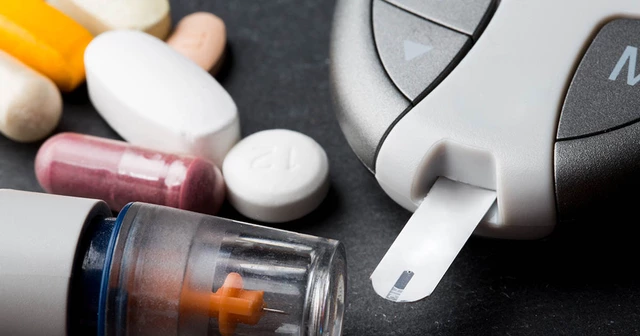Retinoid Skincare: How to Start and What to Expect
Retinoids are among the most effective ingredients for acne, fine lines, and skin texture. They speed cell turnover and boost collagen. That sounds great, but they can irritate if you rush in. This guide gives clear, practical steps to start retinoids without wrecking your skin.
Pick the right retinoid
Not all retinoids are the same. Over-the-counter retinol is milder and works slowly. Adapalene (OTC 0.1% or 0.3%) is a solid middle ground for acne. Tretinoin is prescription-only and stronger, so it clears faster but can sting more. If you’re new, consider retinol or adapalene first. If you have deep lines or persistent acne, talk to a dermatologist about tretinoin.
Look at concentration and vehicle (cream vs gel). Gels dry down faster and suit oily skin. Creams help if your skin is dry. Buy from reputable brands or pharmacies and check the expiry date.
How to introduce retinoids safely
Start slowly. Do a patch test on your jawline or inner forearm for a few days. If no severe reaction, try one application every third night for two weeks. Then move to every other night, and finally nightly as tolerated. Use a pea-sized amount for your whole face—not more.
Apply to dry skin. Wait 20–30 minutes after washing to reduce stinging. You can also use the buffering method: apply a moisturizer first, then the retinoid, or apply moisturizer on top. Both reduce irritation without killing effectiveness.
Expect a purge: small breakouts, flaking, and redness for 2–12 weeks. That’s normal for many people. If you see severe blistering, intense pain, or swelling, stop and see your doctor.
Sunscreen is non-negotiable. Retinoids make skin more sensitive to sun. Use SPF 30+ every day and reapply when you’re outside. Pair your retinoid at night with a gentle cleanser in the morning and a sunscreen during the day.
Avoid mixing harsh actives at the same time. Don’t layer benzoyl peroxide, strong AHAs, or high-strength vitamin C with your retinoid in the same routine. If you use them, separate by time: vitamin C in the morning, retinoid at night, or alternate nights.
Pregnancy and breastfeeding flag: avoid prescription retinoids and check with your provider about topical use. Storage matters too—keep tubs and tubes away from heat and light. Most retinoids lose strength if exposed to air or sun.
Final practical tips: be patient, use simple products, and don’t over-exfoliate. If irritation persists after slowing down, consult a dermatologist. With the right start and sunscreen, retinoids can change your skin for the better without constant punishment.

Best Ways to Buy Tretinoin Cream Online Safely: A Complete Guide
Get real tips and facts on how to buy tretinoin cream online, where to find safe pharmacies, what to avoid, and how to make the process smooth.
Detail




